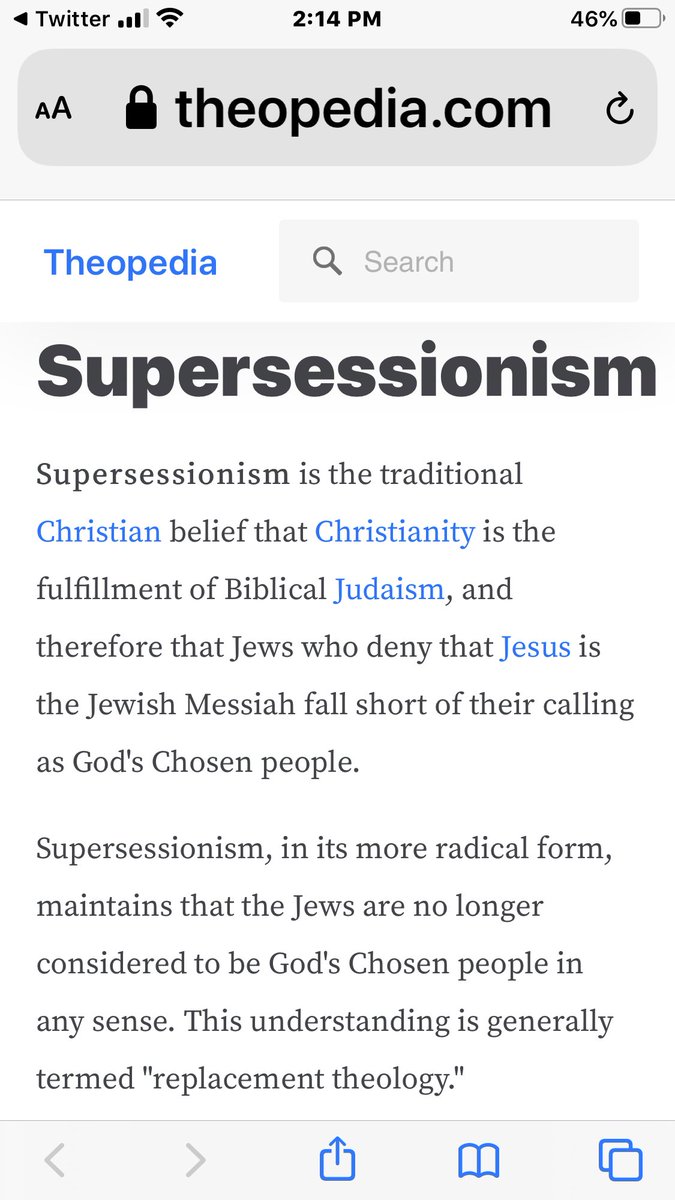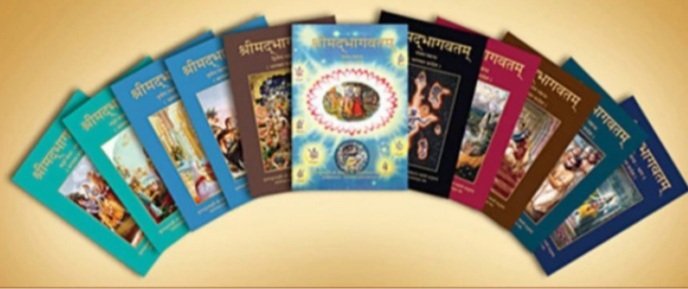All your reach on social media is dependent on Network effects.
If you're below < 2k followers most of your tweets should be helpful replies to other larger accounts.
Don't be a "reply guy" tho. The audience of a large account can tell & the large account holder my block u.
When you borrow reach from a large account & someone clicks on your profile you should ->
Specify why people should follow you in your bio.
Give people a reason to follow you.
Titles & Social proof do help, unfortunately.
Good Format:
I Tweet About / Explore X
I Do Y
I Am Z
Your Pinned Tweet is the next possible point of converting someone into a follower.
Ideally, your pinned tweet should have a lot of social proof (likes) & summarize the essence of your bio & expand as a thread.
This is where you start to have an umbrella for your brand.
Each tweet you make should add value.
It should either:
1. Educate
2. Inspire
3. Entertain
4. Connect
5. Dispute
As with most social networks. Negative Energy spreads the fastest.
Most people tend to tweet:
5. Dispute
This triggers the darker aspect of human nature as people will side with you if you are against someone.
I have personally chosen to avoid this at the cost of growth rate.
6/ When someone emotionally resonates with a tweet they are most likely to engage with it.
Engagement Ranked:
1. Retweet
2. Comment
3. Quote Tweet
4. Like
To have reach & get followers you need Retweets.
7/ People retweet what they wished they tweeted.
You tweet what people wish they tweeted by choosing your community, niche, tribe.
If your followers are a reflection of you in some form, they will gladly amplify you because you are their aspiration.
You are wording what they wish they worded. You are their messenger.
8/
9/ Your tweets should read like the poetry version of your domain.
Short, Elegant, Potent.
10/ Don't rush to prematurely select your niche, it's ok to have a cluster of loosely adjacent topics.
Allow your brand to emerge over time.
If you have something to sell be narrow.
If you have something to say be broad & bold.
You can fluctuate between these.
Your Followers to Following Ratio does matter in adding social proof to be seen as an "authority".
A: Followers 3,599 Following 4,297
B: Followers 2,300 Following 400
Even tho person B has fewer followers than A, B will be seen more as an authority.
To keep your following lean:
- Follow people, not companies, brands etc.
- Only Follow people who regularly tweet.
- Follow people who will engage with you.
- Use lists for interesting people you'd like to keep tabs on.
- Follow people who you wouldn't mind becoming more like.
Threads are the most effective way I've found to convert more followers.
Your thread should be focused, something you have direct experience with & continue more value per tweet in the thread, compared to the tweet standing off alone.
Threads are also the way you can lose followers.
I've LOST 10-20+ followers from an off thread.
Threads can clog up the timeline of other people, so they need to be valuable.
You can get muted or unfollowed if you overuse threads.
Mega Threads can be seen like a releasing movie production, album or launch.
They should be handled with care and if you have a smaller following. You should find followers with a large following who are willing to lend distribution w/ their following to share the thread.
If you need assistance from other accounts, don't directly ask for retweets.
Your thread should ideally be valuable to the account you hope can help.
If they enjoy it & have a history of retweeting, they will share it if they think their followers will like it as well.
17/ Build relationships before you build the following.
If you have multiple strong online relationships, overtime the following will come.
On Twitter, it does down in the DM.
Reach out to people and engage via DM.
Thank people if you've learned something from them.
Share resources and follow up from other tweets they've made in the past.
When you DM, message with the intent to give not ask.
After you've given a while, you'll be invited to ask.
Find people who can sponsor your growth on Twitter.
They will be your Twitter mentor of sorts.
Your sponsor loves the way you think & create and will help amplify your message.
Usually, a sponsor chooses you. You get chosen by working in public with consistent quality.
The Twitter feed & network have some dynamics that also affect your reach and that's Time ⌚️
When you tweet affects how many people potentially see your tweet.
For example here is a calculation of when my followers are most likely to engage with a tweet based on time of day standardized to my own time zone.
With this data, I can pick the appropriate date and time ranges to tweet.
The seasons also matter.
Most platforms have a seasonality effect on usage. With the Winter being the lowest usage due to holidays.
Similar to large productions you want to ship your best content for the right season.
A tweet's potential reach to propagate through the network is based on the engagement in the first 3 hrs or so since the tweet was made & is limited after about 18 hrs.
After about 3 days, the algorithm doesn't seem to push it any further, even retweets are dampened down.
Your following can go stale.
If you have 2k followers 1 yr ago and have 2k followers now, a large percentage of your followers may not use Twitter much & your tweets won't get reach.
If you get a large chunk of followers, your next few tweets should appease the interests of those who just followed you.
They are likely to promote your tweets for a short window of time while they remembered why they followed you.
After a couple weeks you can switch the topic.
Retweeting content is not a reason why people should follow you.
You need to create content and then people are likely to follow you.
Retweeting does seem to help your account engagement, to help see your other tweets in their feed, but if all they see is retweets, it's noise.
Delete retweets from your feed every 2-4 weeks, so people can find your content more easily when they browse your profile.
A tool like
https://t.co/TiwMbDurgl or
https://t.co/TC19AZSCzk may help.
I'm considering building a tool to manage Twitter & may take on beta testers DM me
When building a following, your future followers are more likely to follow you if their favorite person is following you.
Your favorite person is likely to follow you if their next favorite person is following you.
Don't court the king, court the princes, the king will follow.
People follow personalities.
Be authentic and yet slightly more extreme than you would be in real life when you're online.
30/ Work in public, if the Public doesn't distract you from the work.
Otherwise, Share the process with the public, when the work is done.
Use the 3 Act Story to design the emotional intensity & pacing of pre-planned threads.
Adapt it to Twitter by starting strong & build the tension early in the first 5 tweets & end strong for a potential retweet or follow.
Every 5 tweets should have 1 tweet w/ retweet potential.
Think of hashtags on Twitter as a chatroom.
Use them rarely, if ever, unless that hashtag is a community that you identify with.
Usings # Hashtags are seen as outdated outside the context of tribe, trend, or ritual.
Good writing on Twitter is based on what your audience perceives as good enough.
To find out what that is you need to tweet every day, ideally in a place where others who are similar to you can see.
To maintain consistency, keep drafts in a simple notes app.







